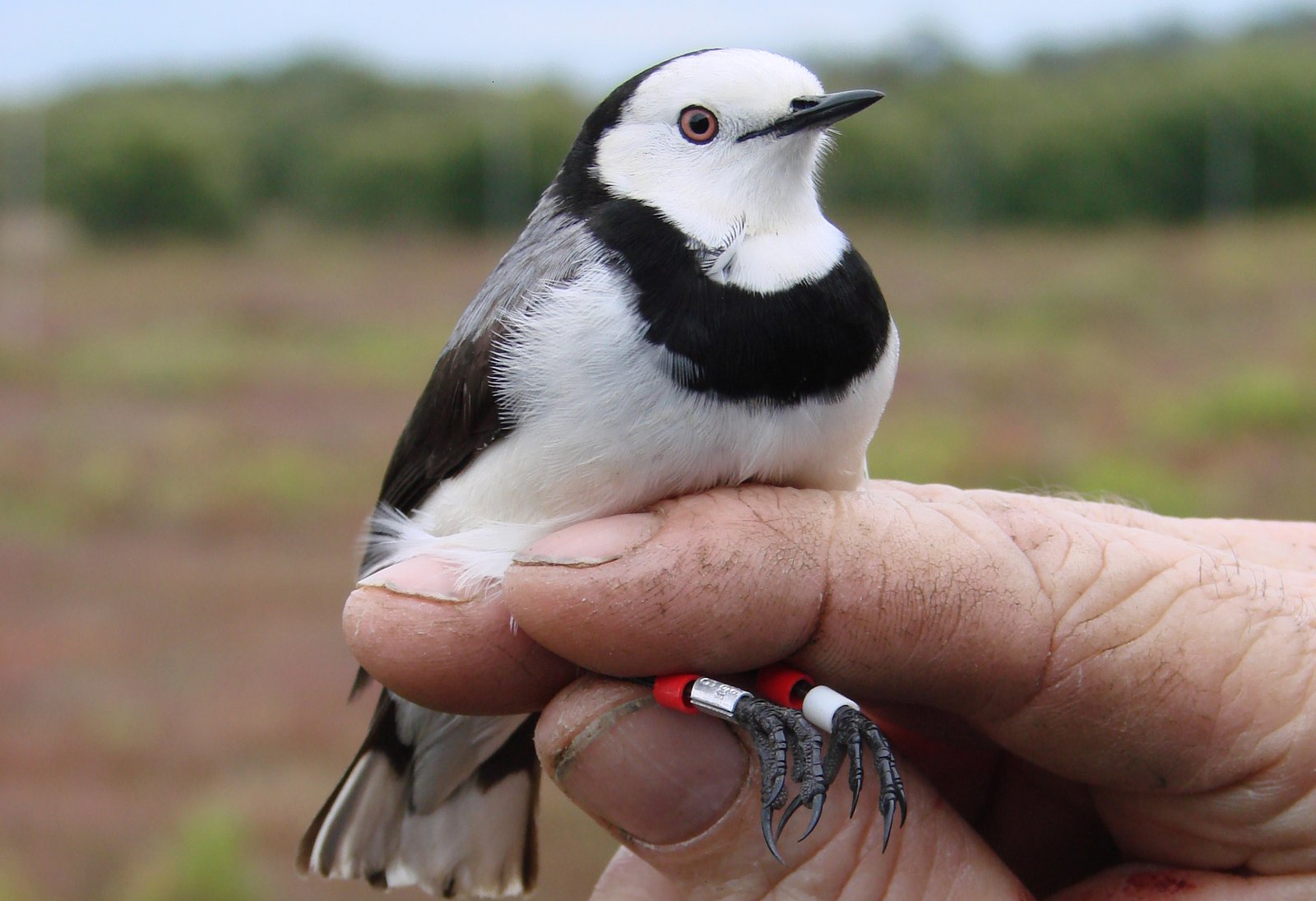Little hope of rescue for an endangered bird population in Sydney
New research by Australian Museum Research Institute scientists has found that the endangered populations of White-fronted Chats (Epthianura albifrons) in Sydney are genetically distinct from their nearest neighbours at Newcastle and Nowra. With these populations small and in decline, they could be extinct by the end of the decade.

White-fronted Chat, Epthianura albifrons
Image: Richard Major© Australian Museum
The White-fronted Chat is a small bird in the honeyeater family (Meliphagidae) that can be found across the southern part of Australia from the New South Wales to the Western Australian coasts, and into Tasmania. The species was once widespread in wetlands and swamps across the Sydney region but the Sydney population is now restricted to just two small patches of salt marsh in nature reserves at Homebush Bay and Botany Bay.
My Australian Museum Research Institute colleagues and I have been investigating the conservation ecology of these Endangered populations over the last five years and a critical question is whether they can be “rescued” by immigrants from outside the Sydney region, where large populations still persist.
To answer this question we collected feathers and extracted DNA from 78 White-fronted Chats from five populations, including the Endangered populations. We compared the genetic structure of the Endangered populations with that of populations outside the Sydney region, including birds from Macquarie Marshes, more than 400 km away on the other side of the Great Dividing Range.

creative commons
While there was very little genetic differentiation amongst the three populations outside Sydney, the populations at Homebush and Botany Bays were strongly differentiated from each other and from the more distant populations. The two Sydney populations had lost genetic variability and showed signs of inbreeding. Evidently, birds have difficulty dispersing across the urbanised landscape - even though they can fly.
Our research suggests that for these populations to persist, they will need to be self-sustaining: they will need to produce enough offspring locally to replace the adults as they die. However, their eggs appear to experience elevated rates of predation and unfortunately the populations are continuing to decline, with only two birds now remaining at Homebush Bay, and fewer than 20 birds at Botany Bay.
Apart from its insights into the populations biology of White-fronted Chats, this study demonstrated that even highly mobile animals like birds are susceptible to fragmentation of their habitat. Even nature reserves are unable to protect all species if they are small and subjected to pressures from the surrounding environment.
Dr Richard Major
Principal Research Scientist
More information:
Major, R.E., Johnson, R.N., King, A.G., Cooke, G.M., and Sladek, J.L.T. (2014) Genetic isolation of endangered bird populations inhabiting saltmarsh remnants surrounded by intensive urbanisation.Animal Conservation, Wiley online.










